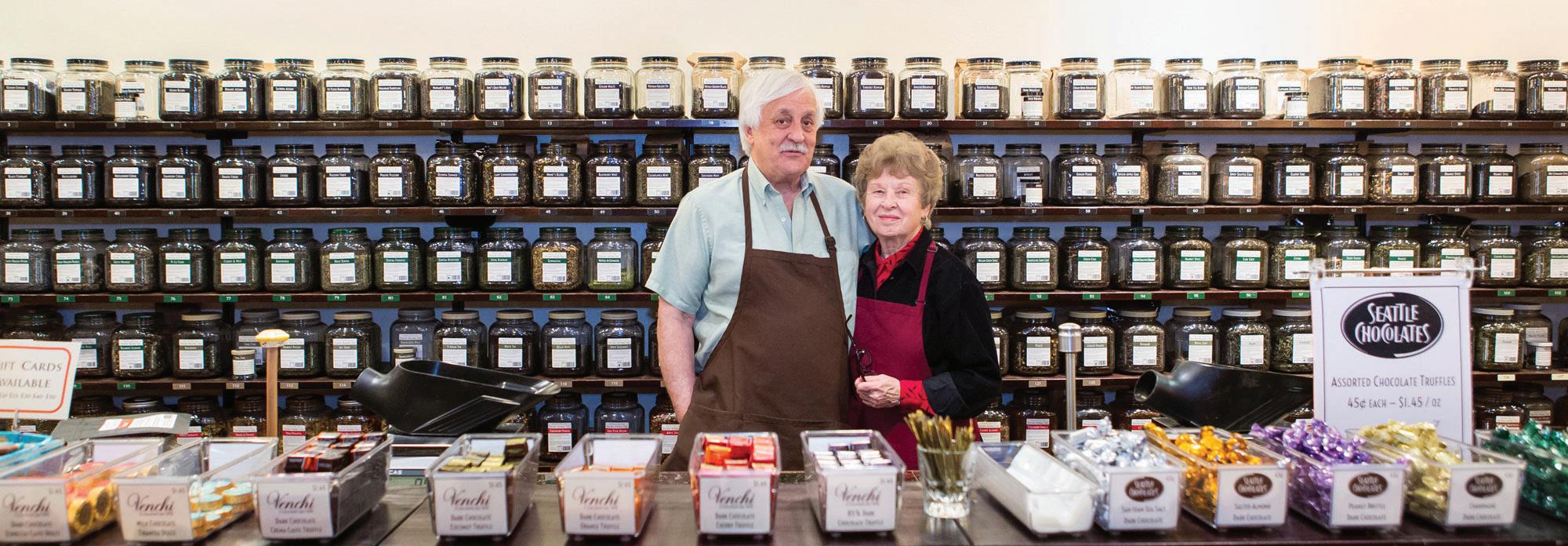
2 minute read
pThe COVID-19 Pivot
The COVID-19 PIVOT
by Doug Mah, Doug Mah & Associates and Thurston Chamber Public Policy Director
On April 13, 1949, the Thurston County region experienced a 6.7 magnitude earthquake.
The earthquake was felt over a 150,000 square mile area and damages stretched throughout the Puget Sound area. Many of the brick buildings and facades common to that era suffered damage and covered streets and sidewalks with bricks, rubble, and debris.
In order to facilitate the rebuilding of Downtown Olympia, one lane of Fourth Avenue was closed by the city and made into a one-way street. At the same time, State Avenue was also made a one-way street in the other direction. These changes were made permanent a few months later and still exist more than 70 years after the earthquake.
Today, we are witnessing numerous changes to how government sustains services in response to the COVID-19 public health and economic crisis. A few of the beneficial changes we can envision becoming permanent include:
Increased transparency: More jurisdictions are holding video meetings for council subcommittees and citizen advisory committees. This increase in access to meetings makes government more accessible, more accountable, and more transparent for more people. More video meetings should be encouraged and retained. Increased outreach: COVID-19 responses created a need for more frequent communication and outreach methods to provide needed information. Virtual townhalls and weekly updates by municipalities and non-profits are rapidly becoming part of our weekly schedule and should continue to be part of our way of doing business. Increased online services: Since public buildings are closed and staff are working from home, we are doing more interactions online with city and county government. Online filings, registrations, and payments allow us to take care of business when we can, not when buildings are open, giving people greater flexibility. Increased use of technology: Since social distancing and “stay home, stay healthy” mandates prevent inspectors from going into the field, some jurisdictions are conducting virtual or electronic inspections. The increased use of mobile technology is more efficient and this type of innovation should be encouraged and sustained. Increased services for small businesses: Governments were quick to provide additional investments, services, and support to small local businesses during the pandemic. These resources and support should continue after COVID-19 crisis to sustain and grow our small business community. Increased relief programs: Municipalities were quick to offer utility payment deferments to those businesses that need them during times of economic hardship. These deferments, with appropriate documentation, should be kept and made available regardless of crises.
Like one-way streets, these are not new or untested ideas. But the COVID-19 crisis has pushed local governments and residents to adapt and become more flexible. More important, it appears that local governments are getting better at meeting the customer’s need for information, access, and services. Local investments and support for businesses during the COVID-19 crisis is welcomed and noticed.
Governments at all levels will make policy and program changes in response to disasters. Our community benefits when members of the Thurston Chamber of Commerce express their thoughts and opinions about the future.
Looking past our current response to COVID-19, we need to ask: what changes should we retain coming out of the COVID-19 public health and economic crisis? Let us know what you think. Email us at info@thurstonchamber.com.







